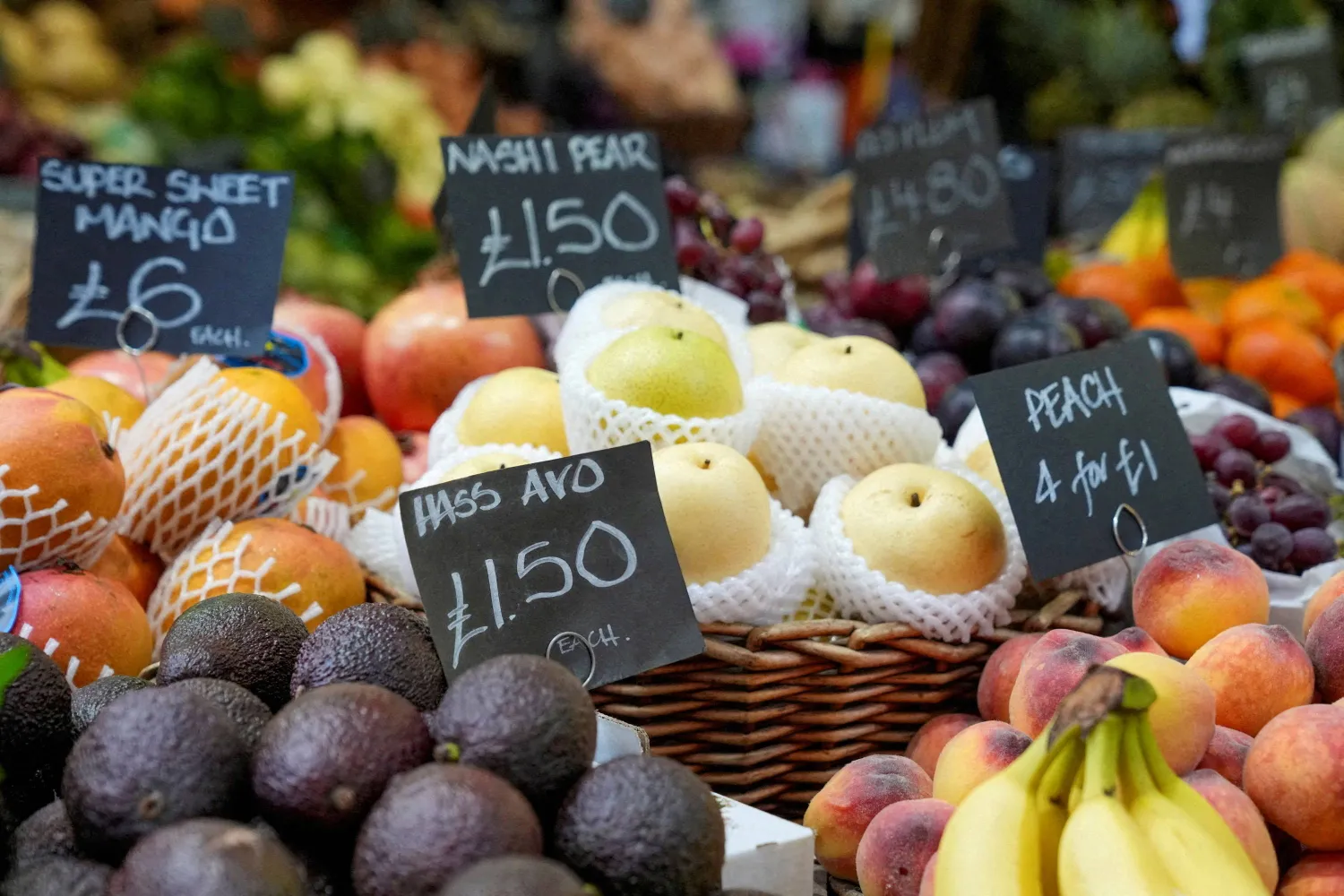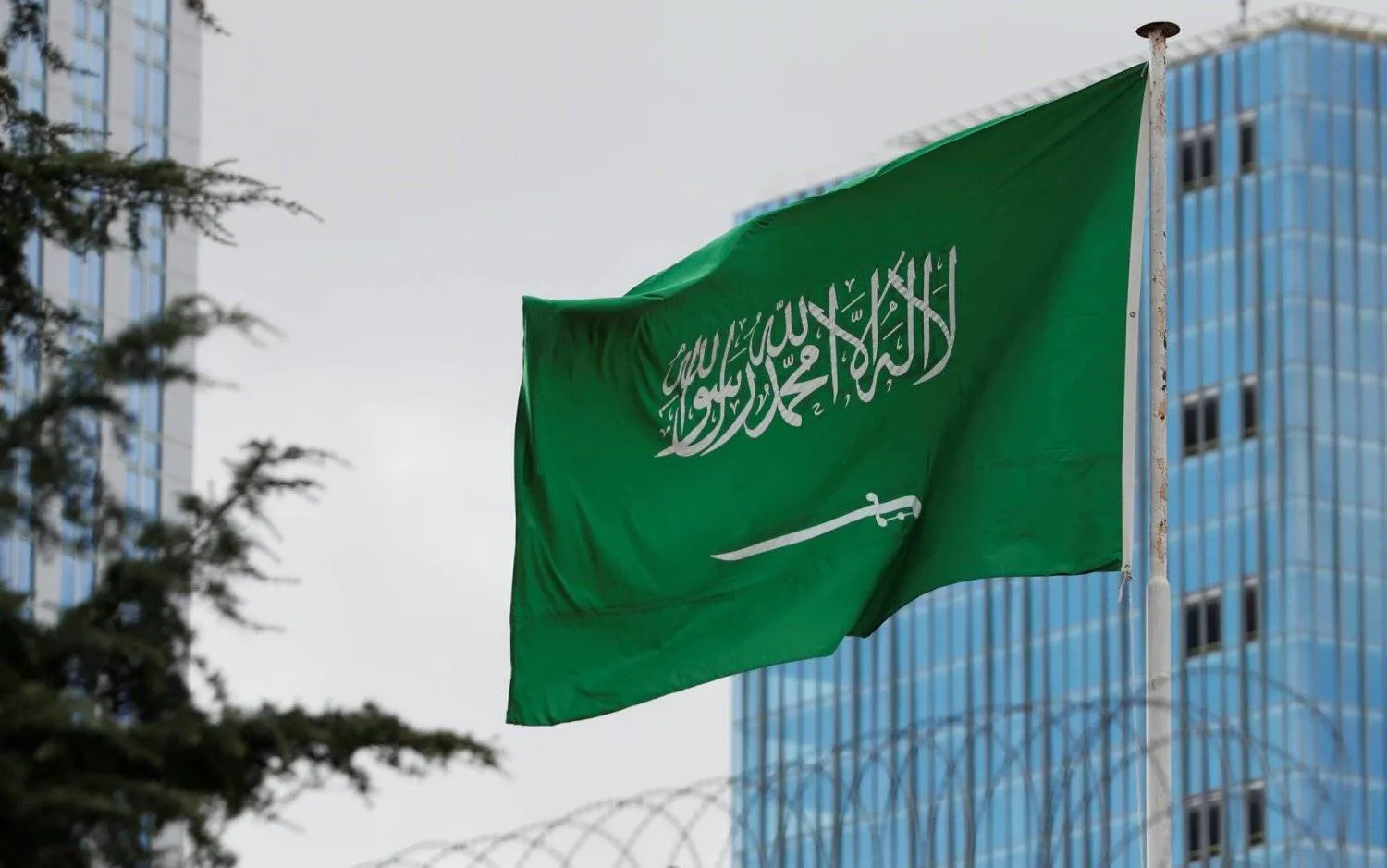Saudi Arabia’s aviation sector, identified as a strategic focus for the Public Investment Fund (PIF), is undergoing continuous development as part of Saudi Vision 2030, with a specific emphasis on tourism and transportation.
Speaking to Asharq Al-Awsat, Raed Ismail, Director of Direct Investments in the Middle East and North Africa at the PIF, noted that companies formed to attract approximately 100 million visitors by 2030 are aiming to position Saudi Arabia among the top five countries in terms of visitation numbers.
Development Operations
Ismail stated that the aviation system in Saudi Arabia is undergoing continuous development, noting signs of its completion when considering the sector as a whole, not just within a single airline company.
“Airline companies are a significant part, but there are also airports, such as King Salman Airport, which complements the overall strategy,” Ismail told Asharq Al-Awsat.
Ismail explained that the integrated aviation sector includes ground services and training, the latter being particularly crucial given the shortage of pilots experienced globally, not only in the region, during the coronavirus pandemic.
He emphasized the importance of training for recent graduates.
Ismail highlighted the field of maintenance as “extremely important and a fundamental aspect in sustainability plans.”
He also stressed the area of supply, stating that the Kingdom is establishing new supply entities or empowering existing ones.
PIF Established Approximately 90 Companies Since 2016
Ismail pointed out that the PIF has established around 90 companies since 2016.
“There are always indications of creating new complementary companies,” he revealed.
The director further explained that when considering the establishment of a new company, PIF looks into companies that can be invested in within the private sector and empowered, discussing numerous opportunities, particularly in the commercial sector, characterized by positive signs that need empowerment, improvement, and development.
He affirmed that in the recent period, several companies have been established in the commercial aviation sector, such as “Riyadh Air” and “AviLease.”
Ismail revealed that the PIF was still exploring possibilities and emphasized significant opportunities in the private aviation sector.
“We are looking at the private aviation sector, which offers substantial opportunities, as the aviation strategy includes about 9 public airports enabling the private aviation sector,” he said.
AviLease
Ismail clarified that the fund launched AviLease in 2022, which operates through four activities.
Firstly, it finances airlines by purchasing and leasing their aircraft.
Secondly, it acquires aircraft from other leasing companies, as seen in the deal with “Avolon.”
Thirdly, it engages in acquisitions and mergers, such as the acquisition of the aviation financing business of “Standard Chartered.”
Fourthly, it makes direct aircraft purchases from manufacturers.
“It is one of our new companies that has had a positive impact on the sector, influencing not only PIF companies like Riyadh Air but also those operating in the country like Flynas and Saudi Airlines,” said Ismail.
“The company is expanding internationally to mitigate risks and enable it to confront challenges,” he revealed.
Riyadh Air
Ismail emphasized that the advantage of Riyadh Air lies in its unconventional starting point, beginning where others concluded.
Over the past 15 to 20 years, many airlines have been established in the economic aviation sector, yet the region has not seen the establishment of a major integrated airline company.
“Riyadh Airlines has a significant opportunity through innovative technology usage, coupled with its ability to create an innovative customer experience, making it distinct from other airlines,” said Ismail.
He pointed out that Riyadh Air contributes to one of the key elements of Vision 2030, which is the tourism sector.
With the Kingdom’s ambitions to increase the number of tourists, Riyadh Air will play a vital role in connecting the world to Riyadh and vice versa.
The goal is to increase the number of visitors to Riyadh, which has seen an expansion in destinations.
Riyadh Air will also facilitate access not only to the Saudi capital but also to other domestic and international destinations, allowing visitors to explore Riyadh’s landmarks and projects like Qiddiya, Diriyah, or attend events such as Riyadh Season or travel to other cities and projects in Saudi Arabia.
Ismail affirmed that starting with the establishment of a new entity is easier than transforming an existing company, making revenue growth easier than cost improvement.
He underlined that improving customer experience and utilizing technology are fundamental aspects of Riyadh Air, especially in the pursuit of sustainability across various company domains through clear visions and systems.
Ismail explained that operational activities are expected to commence in the first half of 2025, as mentioned by Riyadh Air CEO Tony Douglas.
Moreover, Ismail disclosed the consideration of single-aisle aircraft for the project.
“After announcing the purchase of wide-body aircraft, as part of the strategy for any airline having both wide-body and narrow-body aircraft, we are exploring the opportunity to complete the project, especially since single-aisle aircraft are crucial for stations and short-haul flights near the Kingdom,” he revealed.
Three Factors
Ismail touched upon three factors contributing to the success of the aviation sector in Saudi Arabia.
Firstly, “we view the aviation sector as an integrated system, not just as an airline company.”
Secondly, “as a sovereign fund, the PIF possesses a long-term perspective in an industry that requires patience.”
“Typically, the focus is on recovering capital within 5 to 10 years of investment, but the fund looks at a time frame extending beyond 20 to 30 years,” revealed Ismail.
Regarding the third factor, Ismail said: “The PIF incorporates collaboration and leverages the relationships among its companies through synergies within the aviation sector.”
“This extends to other companies and projects, along with any government sectors supporting the industry,” he added.









